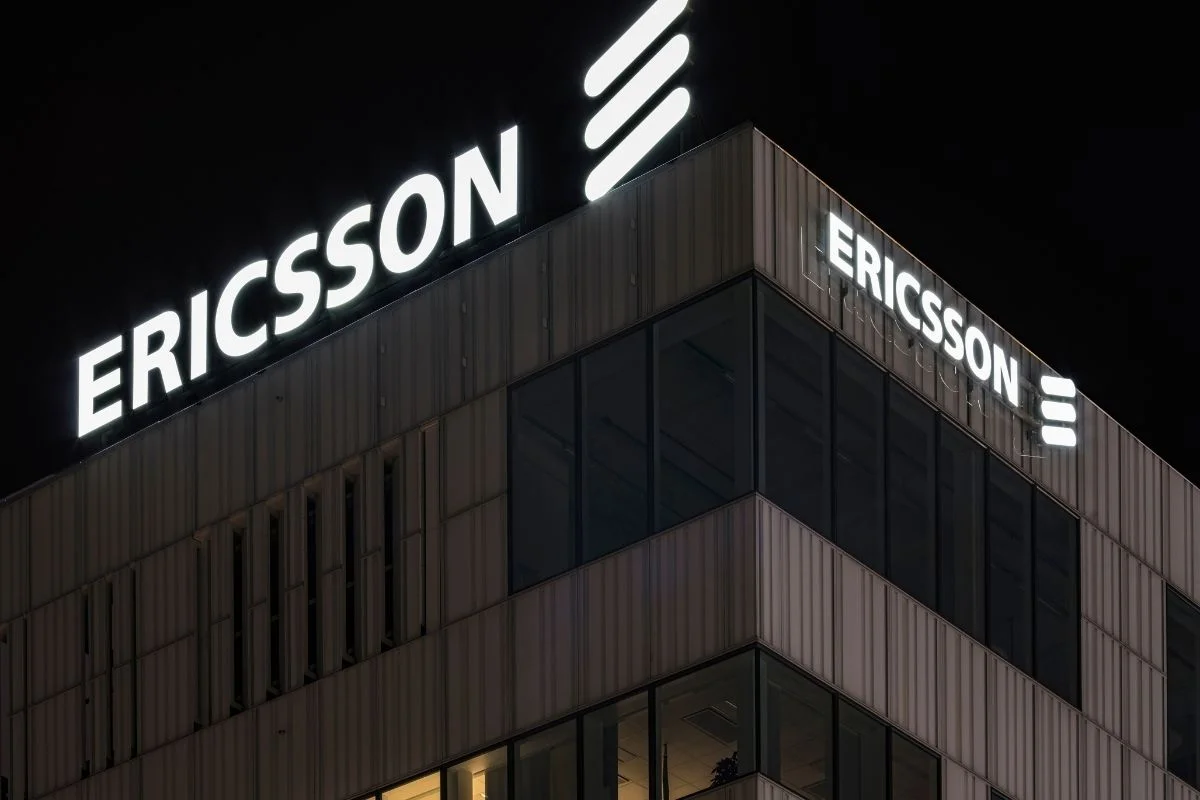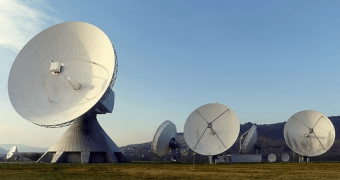
The next-generation mobile network technology, 5G, has made operators face the harsh reality of their independent lack of technology and skills to upgrade their networks to 5G. The way forward for 5G is witnessing a lot of partnerships between vendors and operators to leverage technology and skills required for developing, deploying and upgrading the 5G network. A partnership between UAE based operator Etisalat and Ericsson has been announced to deploy a 5G millimetre wave (mmWave) across Etisalat’s commercial network.
Etisalat’s 5G Network Infrastructure to Enable UAE’s Digital Transformation
The digital transformation of UAE is fast approaching, with the country’s leadership and telecom regulatory authority TDRA (Telecommunications and Digital Government Regulatory Authority) being the major driving force. TDRA will become one of the first regulators to allocate mmWave spectrum for being used in 5G technology deployment across the country.
The commercial deployment of a 5G high-band will help achieve high performance 5G downlink data speeds of up to 4.2Gbps and latency of 8 milliseconds. The digital transformation of the country will be enabled by Etisalat’s 5G network infrastructure that can deliver superior performance, including high speeds and ultra-low latency. It will also support the wide implementation of use cases revolving around industry 4.0, automation and the Internet of Things (IoT).
5G mmWave Capable to Deliver High Spectrum and Capacity
Ericsson’s 5G mmWave is capable of delivering high spectrum and capacity, which makes it the best choice for Fixed Wireless Access (FWA). This enables fast, fibre-like internet speeds wirelessly over the last mile. The 5G mmWave FWA is suitable for crowded hotspots like stadiums, malls and large indoor events that require high peak rates. Wide spectrum segments available for 5G along with lower latencies are also included in 5G mmWave FWA.
Use cases with extreme requirements on availability, latency and reliability, such as enhanced mobile broadband to smartphones and other mobile devices for video streaming and real-time online gaming, have led to 5G standardisation. In order to standardise 5G to focus on these requirements, 5G radio frequency ranges were widened. The frequencies held by 4G are now also included for 5G along with more frequencies of up to 6GHz and the high-band mmWave spectrum beyond 24 GHz. Businesses will be able to reap the benefits of enhanced mobility, flexibility, reliability and security with the next wave of 5G expansion.















